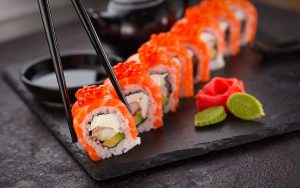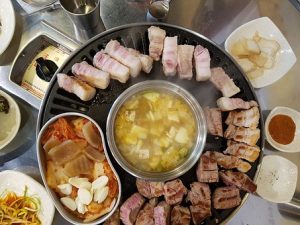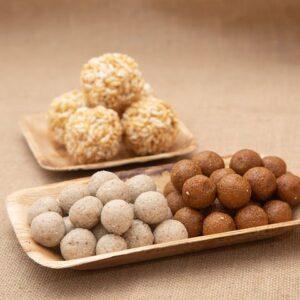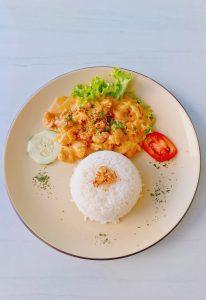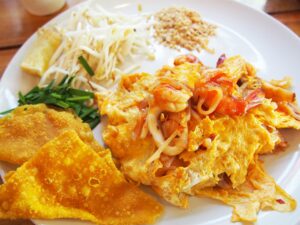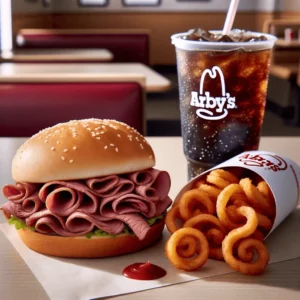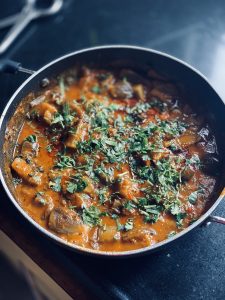Embarking on a Flavor Voyage: Japanese Curry Restaurants
Japanese curry, or “kare,” is a testament to Japan’s ability to adapt and innovate foreign dishes into its own culinary identity. At Japanese curry restaurants across the world, diners are introduced to a distinctive blend of this East-meets-West culinary marvel. Rich, aromatic, and slightly sweet, every spoonful of Japanese curry is a journey through Japan’s modern gastronomic history.
Japanese Kare: A Fusion of Traditions
Curry Rice
Often known as “Kare Raisu,” this dish features a hearty serving of rice accompanied by a thick, flavorful curry sauce. The sauce usually includes a blend of meat (like pork, beef, or chicken) and vegetables such as carrots and potatoes. The melding of spices, roux, and ingredients results in a dish that’s both comforting and utterly Japanese.
Katsu Curry
Marrying the crispy allure of “Tonkatsu” (breaded pork cutlet) or chicken cutlet with curry sauce, Katsu Curry is an exquisite balance of textures. The crunchy exterior of the katsu paired with the velvety curry sauce makes it a favorite among many visiting a Japanese curry restaurant.
Exploring Variations
Udon Curry
Replacing the traditional rice base with thick, chewy udon noodles, this dish offers a delightful twist to the classic curry rice. The curry sauce clings to the noodles, providing a burst of flavor with every bite.
Curry Pan
A delicious snack or side dish, curry pan is deep-fried bread filled with curry. Its golden crust encases a warm, savory curry filling, making it a popular choice for those craving a portable taste of kare.
Accompaniments and Add-Ons
Pickles
Often served alongside curry dishes, Japanese pickles, or “tsukemono,” provide a tangy contrast to the rich curry, balancing the palate and enhancing the meal’s overall flavor profile.
Cheese
Some modern curry establishments offer the option of melted cheese atop the curry. The gooey cheese blends with the spicy and sweet curry, adding a layer of creamy richness.
Conclusion
Japanese curry restaurants offer a delectable immersion into a side of Japanese cuisine that beautifully demonstrates its adaptive nature. While its origins can be traced to the Indian subcontinent and British naval cuisine, Japanese curry has evolved over the decades into a unique dish with its own character. For those yearning for a blend of spices, warmth, and Japanese craftsmanship, these establishments provide a culinary experience like no other.
FAQs
1. How is Japanese curry different from Indian curry?
While both have spices at their core, Japanese curry is generally thicker, sweeter, and less spicy than most Indian curries. Its unique roux-based consistency and flavor profile set it apart.
2. Can I customize the spice level in Japanese curry restaurants?
Absolutely! Many establishments allow diners to choose their preferred spice level, ranging from mild to very hot.
3. Are there vegetarian or vegan options available?
Yes, many Japanese curry places cater to vegetarians and vegans, offering vegetable-only curry dishes or using meat substitutes.
4. What drink pairs well with Japanese curry?
A cold beer or a refreshing iced green tea can complement the rich flavors of the curry splendidly.
5. Is Japanese curry gluten-free?
Not always. The roux used in many Japanese curries might contain wheat. It’s advisable for those with gluten sensitivities to check with the restaurant.

